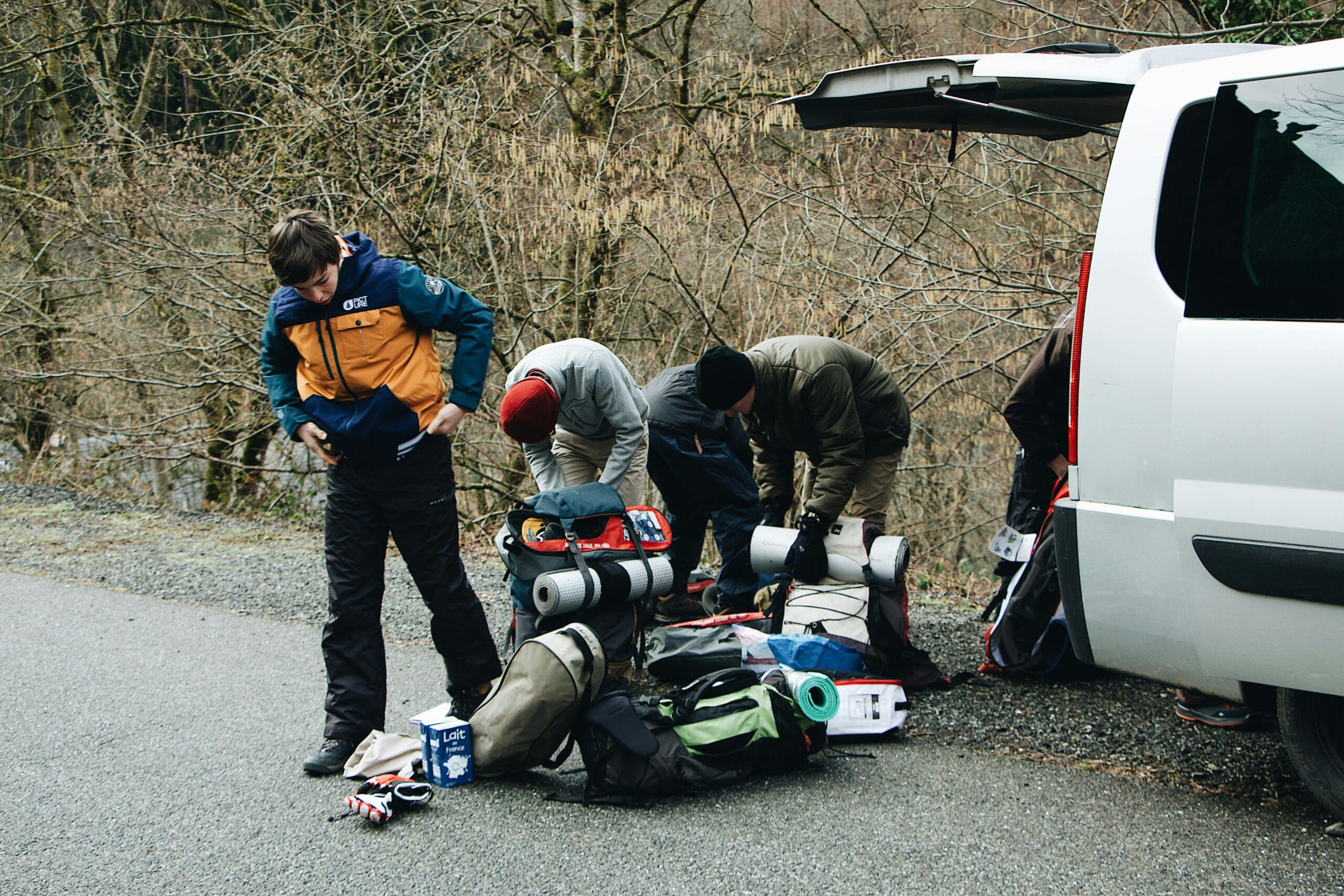Packing light for a camping trip is a skill that can transform your outdoor experience. The key is to focus on essentials, streamline your gear, and utilize smart packing strategies to keep your load manageable. Whether you’re hiking into the wilderness or setting up at a car-accessible campsite, packing light ensures greater mobility and less stress while enjoying the great outdoors.
Why Packing Light Matters
Overpacking can lead to unnecessary strain, especially on long hikes or multi-day trips. A lighter pack makes it easier to navigate trails, reduces the risk of injury, and allows you to focus on what truly matters: the adventure. By thoughtfully organizing your gear, you’ll save both space and weight, creating a more enjoyable and less cumbersome experience.
Step-by-Step Guide to Packing Light
1. Choose Multi-Functional Gear
Opt for items that can serve more than one purpose. For example, a lightweight camping stove can double as a water heater for both meals and warm drinks. Clothing layers, such as a moisture-wicking base layer and a weather-resistant jacket, can be mixed and matched for various conditions.
- Example: Instead of bringing a bulky camping chair, consider a compact foam pad that can be used as a seat or sleeping mat.
Pro Tip: Check out the REI Expert Advice page for gear recommendations and multi-functional options.
2. Stick to a Packing Checklist
A well-thought-out checklist prevents overpacking while ensuring you have all the essentials. Tailor your list based on the season, location, and length of your trip. Here are the basics:
- Shelter: Tent, tarp, or bivy sack
- Sleep System: Sleeping bag and lightweight pad
- Clothing: Layered approach (base, mid, outer)
- Cooking: Compact stove, utensils, and food
- Safety Gear: First aid kit, map, compass, and headlamp
Pro Tip: Revisit your packing list after each trip to identify items you didn’t use. This helps refine future packing decisions.
3. Pack Lightweight Food Options
Choose dehydrated meals, trail mix, and energy bars to save weight and reduce cooking time. These options are calorie-dense and easy to carry. Store food in resealable bags to minimize bulk and waste.
The National Park Service offers guidance on food safety and storage for outdoor adventures.
4. Minimize Clothing
Bring only what you need. Stick to versatile, quick-drying items that can be worn multiple times. Merino wool and synthetic fabrics are great for their moisture-wicking and odor-resistant properties.
Example: Pack two pairs of socks—one for hiking and one for sleeping—instead of several pairs.
5. Streamline Your Shelter and Sleep System
Look for lightweight, compact tents or hammocks that pack down small. Choose a sleeping bag rated for the expected weather conditions but avoid over-insulated options that add unnecessary weight.
Pro Tip: Consider sharing gear like a tent or stove with your camping companions to distribute the load.
Essential Tips for Packing Light
Organize with Packing Cubes
Packing cubes or compression sacks can save space and make it easier to find items quickly. Color-code or label your cubes for better organization.
Wear Your Heaviest Items
Reduce pack weight by wearing bulky items like hiking boots and jackets during travel. This simple trick keeps your pack lighter and leaves room for other essentials.
Eliminate Redundancy
Ask yourself if you truly need duplicates of any item. For instance, one multitool can replace several single-use tools, saving both space and weight.
Common Mistakes to Avoid
Overpacking for “What If” Scenarios
It’s tempting to pack for every potential situation, but this often leads to carrying unnecessary weight. Stick to essentials and rely on your skills to adapt to minor challenges.
Ignoring Weight Distribution
Packing light isn’t just about reducing the load—it’s also about distributing it effectively. Place heavier items close to your back and center for better balance.
Forgetting to Test Your Pack
Before heading out, do a trial run with your fully packed bag. Walk around your house or go for a short hike to identify any discomfort or adjustments needed.
Benefits of Packing Light
- Increased Mobility: Navigate trails with ease and conserve energy.
- Reduced Risk of Injury: Lighter packs place less strain on your back and joints.
- Better Overall Experience: Focus on enjoying nature instead of managing heavy gear.
Packing light also aligns with the principles of Leave No Trace, as it encourages campers to bring only what they need and minimize their environmental impact.
Final Thoughts
Learning how to pack light for a camping trip is a rewarding process that enhances your connection to the outdoors. By prioritizing multi-functional gear, minimizing excess items, and optimizing your packing strategy, you can enjoy a more comfortable and stress-free adventure. With these tips and tricks, you’ll be ready to embrace the freedom that comes with traveling light.

